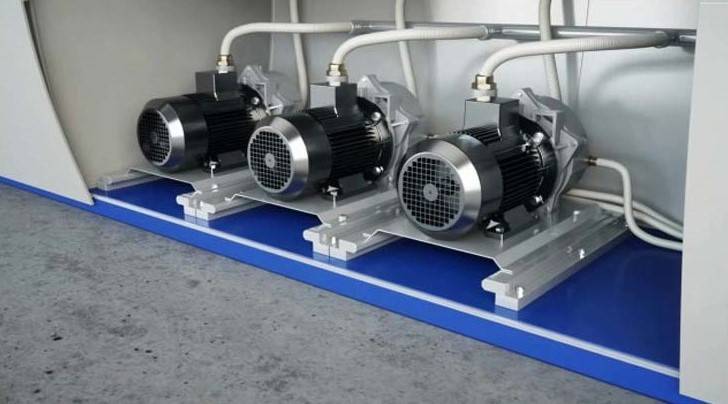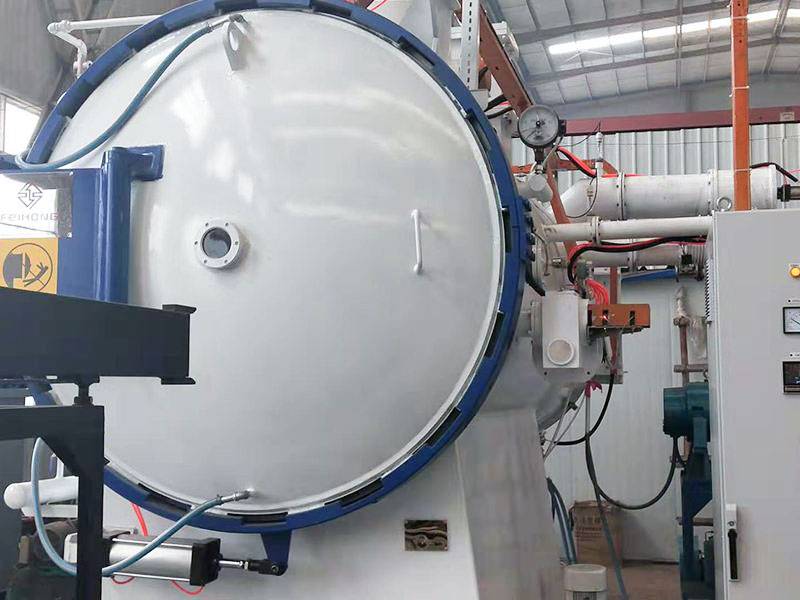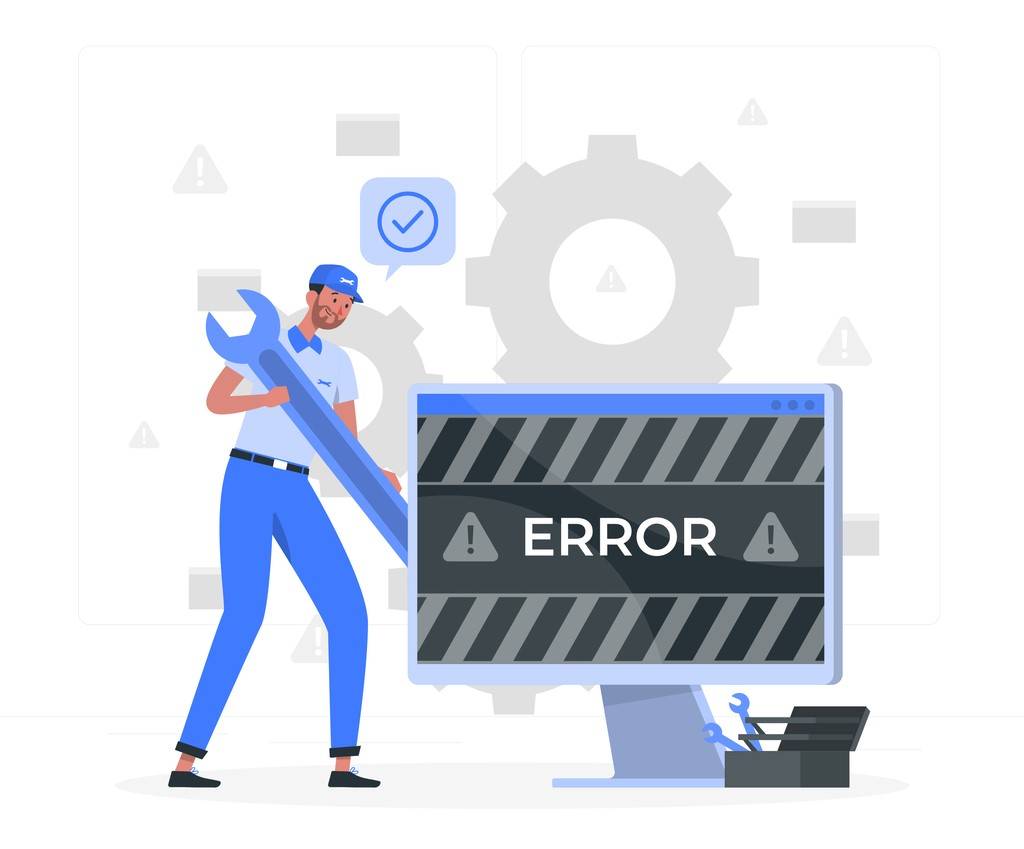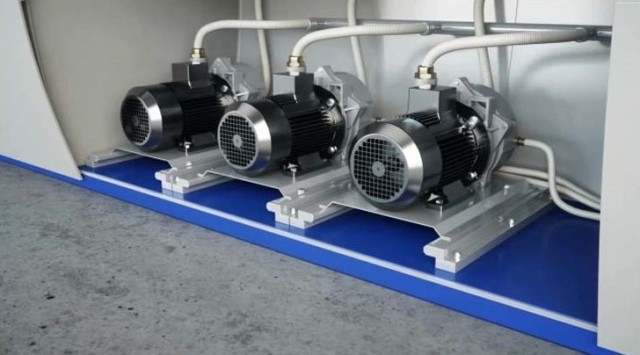Understanding Vacuum Leaks
Types of Leaks
Leaks in vacuum furnaces can be categorized into several distinct types, each with its own characteristics and implications. Understanding these types is crucial for effective detection and mitigation strategies.
Normal Leaks:
Normal leaks are those that are inherent to the system and are often within acceptable limits. These can include small, slow leaks that do not significantly impact the vacuum integrity. For instance, a slight leak in a gasket might be considered normal if it does not compromise the overall vacuum conditions.
Other Types of Leakage:
Beyond normal leaks, there are more problematic types of leakage that can severely affect the performance of the vacuum furnace. These include sudden or large leaks that can rapidly degrade the vacuum quality. Examples of such leaks might include cracks in welds or failures in the vacuum seals.
Gas Release:
Gas release refers to the phenomenon where gases trapped within the materials being processed are released into the vacuum environment. This is not a traditional leak but can mimic one, causing fluctuations in pressure and potentially leading to erroneous leak detection. For example, outgassing from metals at high temperatures can release gases that need to be managed carefully.
False Leaks:
False leaks are detections of apparent leaks that are not actual breaches in the system. These can be caused by factors such as sensor inaccuracies, environmental conditions, or transient events like gas release. Identifying false leaks is essential to avoid unnecessary maintenance and ensure accurate leak detection. For instance, a pressure spike due to a change in atmospheric conditions might be misinterpreted as a leak.
Each type of leak requires a different approach to detection and management, highlighting the importance of comprehensive understanding and systematic troubleshooting in maintaining the integrity of vacuum furnaces.

Impact of Leaks
Leaks in vacuum furnaces can have profound effects on both the material quality and the integrity of the equipment. When a leak occurs, it compromises the vacuum environment essential for precision processes, leading to contamination of the materials being treated. This contamination can result in substandard product quality, necessitating costly rework or disposal of affected materials.
Moreover, continuous exposure to leaks can cause significant damage to the furnace equipment. Over time, the ingress of atmospheric gases can corrode internal components, degrade seals, and lead to mechanical failures. Such damage not only disrupts production but also necessitates expensive repairs or replacements, further escalating operational costs.
Detecting subtle leaks presents another set of challenges. The small size and intermittent nature of these leaks make them difficult to identify using conventional methods. Advanced detection techniques, such as helium leak detection and acoustic leak detection, are often required to pinpoint these elusive leaks. These methods, while effective, add complexity and cost to the maintenance process. Therefore, a proactive approach to leak detection and prevention is crucial to maintaining the efficiency and longevity of vacuum furnaces.
Detection and Elimination Methods
Leak Detection Techniques
Leak detection in vacuum furnaces is a critical process that ensures the integrity and efficiency of the equipment. Several techniques are employed to identify and locate leaks, each with its unique advantages and applications.
Acoustic Leak Detection
Acoustic leak detection relies on the principle that gases escaping through a leak generate sound waves. Specialized microphones or sensors are used to pick up these ultrasonic frequencies, which are then amplified and displayed on a screen. This method is particularly useful for detecting high-pressure leaks and is effective in noisy environments.
Solvent Detection
Solvent detection involves using a liquid, typically a solvent, to identify leaks. The solvent is applied to potential leak sites, and any escaping gas will create bubbles, indicating a leak. This method is straightforward and cost-effective, making it a popular choice for routine checks. However, it may not be suitable for detecting very small or slow leaks.
Helium Leak Detection
Helium leak detection is one of the most sensitive methods available. Helium is introduced into the system, and a mass spectrometer is used to detect any helium that escapes through a leak. This technique is highly accurate and can detect leaks as small as 10^-12 std cm³/sec. It is particularly useful for high-vacuum applications where even the smallest leak can significantly impact performance.
Each of these methods has its specific use cases and advantages, making them complementary in a comprehensive leak detection strategy. The choice of method depends on factors such as the type of leak, the environment, and the sensitivity required.

Leak Rate Determination
Determining the leak rate in a vacuum furnace is a critical process that ensures the integrity and efficiency of the system. This process involves a series of meticulous steps, starting with conducting leak tests to identify any breaches in the system. Leak tests are essential as they provide a quantitative measure of the rate at which air or other gases enter the vacuum environment, which can significantly impact the quality of the materials being processed.
One of the primary methods used to determine the leak rate is through the analysis of pressure rise rate curves. These curves are graphical representations of the pressure increase over time within the vacuum chamber. By monitoring these curves, technicians can identify patterns that indicate the presence of leaks. For instance, a sudden and sustained rise in pressure typically suggests a significant leak, whereas a gradual increase may indicate smaller, more subtle leaks.
The importance of accurate leak rate determination cannot be overstated. It not only helps in maintaining the vacuum integrity but also in preventing potential equipment damage and ensuring the safety of the operation. For example, if a high leak rate is detected, immediate action can be taken to locate and repair the leak, thereby preventing further deterioration of the vacuum environment and protecting the furnace from unnecessary stress.
In summary, the process of leak rate determination is a multi-faceted approach that combines leak tests and pressure rise rate analysis to ensure the optimal performance of vacuum furnaces. By understanding and addressing leaks promptly, industries can maintain high standards of material quality and operational safety.
Safety and Maintenance
Safety Precautions
When conducting leak testing on vacuum furnaces, several critical safety considerations must be meticulously addressed to mitigate potential hazards. One of the primary concerns involves the handling of cooling gases, which are essential for maintaining the operational temperature of the furnace but can pose significant risks if not managed properly. For instance, certain cooling gases, such as liquid nitrogen or helium, can cause rapid freezing or asphyxiation if they come into direct contact with skin or are inhaled in enclosed spaces. Therefore, it is imperative to ensure that all personnel involved in the testing process are adequately trained in the safe handling of these gases, and that appropriate personal protective equipment (PPE) is worn at all times.
Another crucial aspect of safety during leak testing pertains to the diffusion pump heaters. These heaters are integral to the vacuum system, as they facilitate the pumping process by vaporizing the working fluid. However, they also generate high temperatures that can lead to severe burns or even fires if not properly insulated or if there is a breach in the cooling system. To prevent such incidents, regular inspections and maintenance of the pump heaters are essential. This includes verifying that the insulation is intact, ensuring that the cooling system is functioning correctly, and monitoring the temperature settings to prevent overheating.
In addition to these direct hazards, it is also important to consider the broader environmental impact of leak testing. For example, the release of certain gases during the testing process can contribute to atmospheric pollution or pose risks to local ecosystems. Therefore, it is advisable to conduct leak tests in well-ventilated areas or use gas capture systems to minimize the environmental footprint.
By addressing these safety considerations, organizations can significantly reduce the risk of accidents and ensure a safer working environment for all personnel involved in vacuum furnace operations.

Maintenance and Repair
Maintaining and repairing vacuum furnaces is crucial for ensuring their optimal performance and longevity. One of the primary concerns in this process is identifying and addressing common leakage areas. These areas often include seals, gaskets, and connections between different components of the furnace. Regular inspection and maintenance can prevent minor leaks from escalating into more significant issues that could compromise the integrity of the furnace and the quality of the materials processed within it.
Proper sealing techniques are essential for maintaining the vacuum environment within the furnace. This involves using high-quality sealing materials and ensuring that all seals are correctly installed and periodically replaced as needed. Techniques such as using vacuum grease, applying pressure to gaskets, and checking for any signs of wear or damage can significantly reduce the likelihood of leaks.
Additionally, routine maintenance should include checking the condition of the furnace's internal components, such as the heating elements and insulation, to ensure they are functioning correctly. This proactive approach to maintenance not only helps in identifying potential issues early but also ensures that the furnace operates efficiently, thereby extending its operational life.
By adhering to these maintenance and repair practices, operators can minimize downtime, reduce the risk of costly repairs, and maintain the high standards of quality that vacuum furnaces are known for.
Related Products
- Vacuum Heat Treat Sintering Brazing Furnace
- Lab-Scale Vacuum Induction Melting Furnace
- Molybdenum Vacuum Heat Treat Furnace
- Vacuum Heat Treat Furnace and Levitation Induction Melting Furnace
- Vacuum Arc Induction Melting Furnace
Related Articles
- Comprehensive Guide to Vacuum Hot Press Furnace Application
- Exploring Tungsten Vacuum Furnaces: Operation, Applications, and Advantages
- Vacuum Induction Melting Furnace vs Arc Melting Furnace: Choosing the Right Equipment for Your Process
- Vacuum Hot Press Furnace: A Comprehensive Guide
- Vacuum Induction Melting Furnace: Principle, Advantages, and Applications













